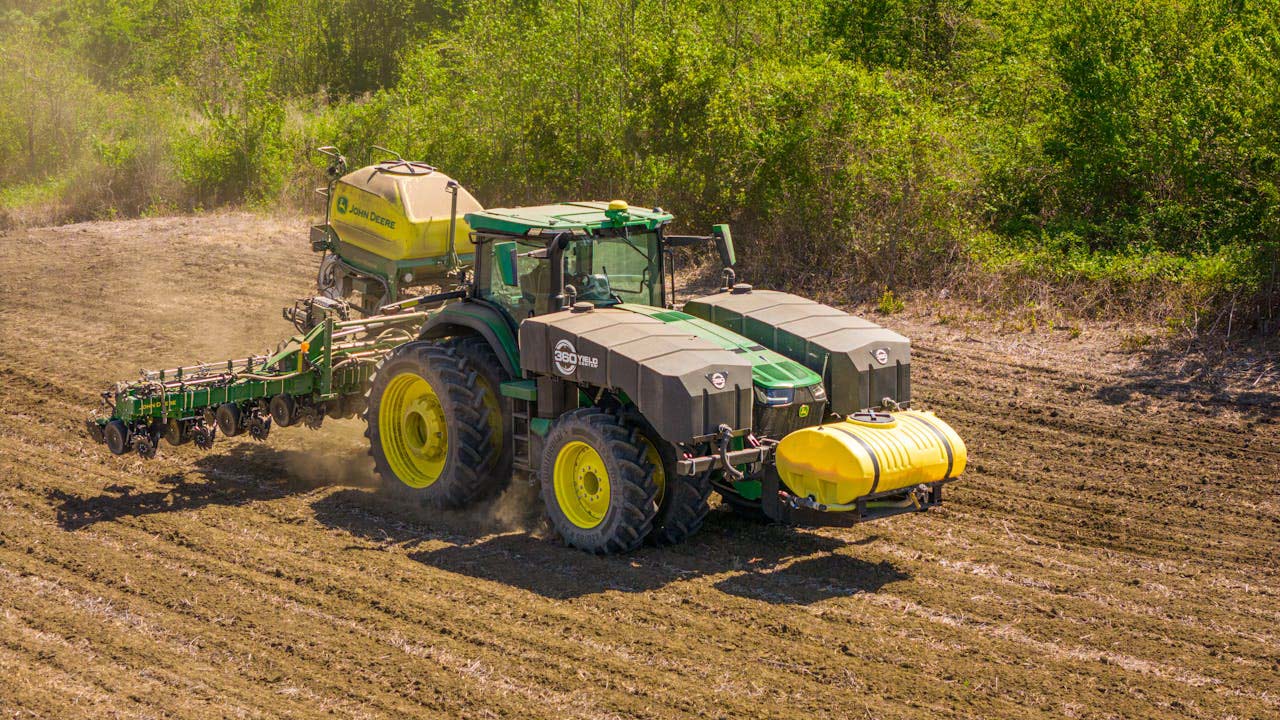Mechanised autumn sowing: efficiency before the cold
2025. October 12.With the onset of autumn, agriculture is also very busy and time is running out. The summer harvests are coming to an end, the soil is gradually cooling and, finally, biological activity and the number of days available for sowing are beginning to decline. However, these challenges should not prevent people from getting the sowing work done. However, it is worth doing this mechanically, as quickly and efficiently as possible, as the risk of seeds not germinating properly or of root growth being slowed down by the cold increases with each passing day.
Time is pressing
Autumn sowing can only be successful if the soil temperature, moisture and air movement are right. However, the window of opportunity is constantly narrowing. In addition, if you sow early, the soil is not yet warm enough, the seeds do not like the moisture, and if you sow too late, frost will set in and the plant will not have time to strengthen. So the challenge is to work quickly and accurately if you want it to succeed.
From a mechanical point of view, it is also true that we need to save time, and we can do this with the right tools. It’s important to use equipment that can apply the right depth, depth of cut and self-feed. Sowing in this way can only be beneficial if the equipment is adaptive, automated and able to react to different soil conditions. In most cases, this cannot be done by man himself, or only over a long period of time, which is not enough in autumn.
Precision seed drills
Basic agricultural machinery such as a seed drill or a combine harvester are still essential. But the good news is that these can now be paired with much more advanced systems. Precision sowing technology is all about placing seeds at the right depth, with variable rates. There is, for example, a pneumatic version that allows two sowing systems to be combined, where the larger and finer seeds are metered separately. This can be particularly useful for autumn sowing, when you want to sow the wheat with some other cover crop or other butterfly crop.
Another great option is the use of autonomous seeding robots or seeding drones. In fact, there are now robotic seed drills that use GPS-based routing, autonomous movement and self-seeding. These devices should be used in areas where the terrain is uneven or where there are difficult-to-reach areas, where larger machines cannot fit and are difficult to work with.
Advanced seed drills, on the other hand, include other sensors, soil monitors and seed head automation, a system where the seed rate can vary depending on soil conditions. This has the advantage of avoiding sowing too deep or too shallow.
Speed or reliability?

When it comes to mechanisation in autumn sowing, two things should be taken into account: speed and reliability. Unfortunately, it is difficult to reach a compromise in this area. It may be worthwhile to use machines that are capable of automatic correction, sensor feedback and a slight slowdown in extreme conditions.
In addition to powerful tractors and powerful sowing units, stable power transmission is the most important factor, but traction is also an important aspect. In this context, it is important to mention the adaptation of tyre pressure and wheel pressure, as the most important thing is to prevent soil compaction.
So the aim of mechanising autumn sowing is not just to get the job done quickly, but also to get the job done before the cold weather sets in so that the plants can grow strong roots. But the challenges can make life difficult for farmers over time, forcing them to choose machines that are not only fast, but also efficient and intelligent. An important factor is adaptation and sensor control, which can make and implement autonomous, data-driven decisions. This in turn simplifies our work considerably.

